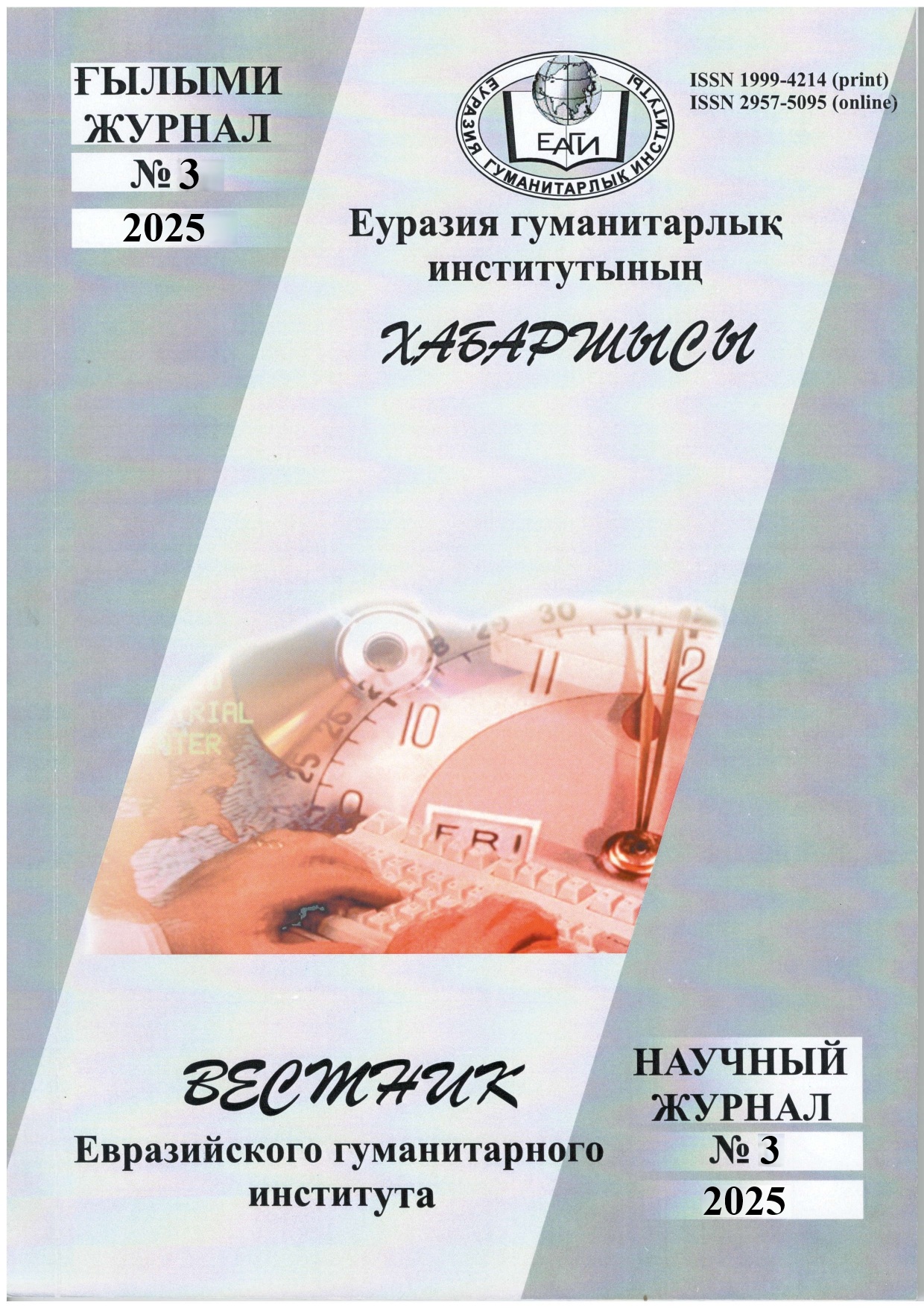*DEPICTION OF THE FAMINE DISASTER IN ESENGALI RAUSHANOV'S POEM «1932 YEAR. KAZAKHSTAN»
DOI:
https://doi.org/10.55808/1999-4214.2025-3.9Keywords:
truth of time, fate of the people, artistic space, famine, representation of truth.Abstract
The article examines the tragedy of the famine disaster experienced by the people through the lens of poetry. It is well-known that in the 1920s and 1930s, Soviet policies led the people to endure immense suffering. The famine in the Kazakh steppes resulted in mass death, displacement, and migration. This famine, which led to widespread destruction, has been recorded in national history through the memories of those who witnessed these events, their descendants, and through secret official documents. This tragic chapter in the history of the people has been ingrained in collective memory and reflected in the arts, symbolizing the spirit of the nation. The literature of the time — novels, stories, plays, collections of poems, and epics — depicted the consequences of the famine, intertwining it with the fate of the nation. One such work is the poem by the Kazakh poetry classic Esengali Raushanov, in which the tragedy of the nation is revealed. The article explores how the poet depicted the fate of the Kazakh people during this difficult period, and how he conveys the grief and sorrow of the people. References to works related to the famine are provided, showing the relationship between life’s reality and artistic truth. The study employs methods of analysis, comparison, distinction, and generalization. Based on the analysis, relevant conclusions are drawn.


